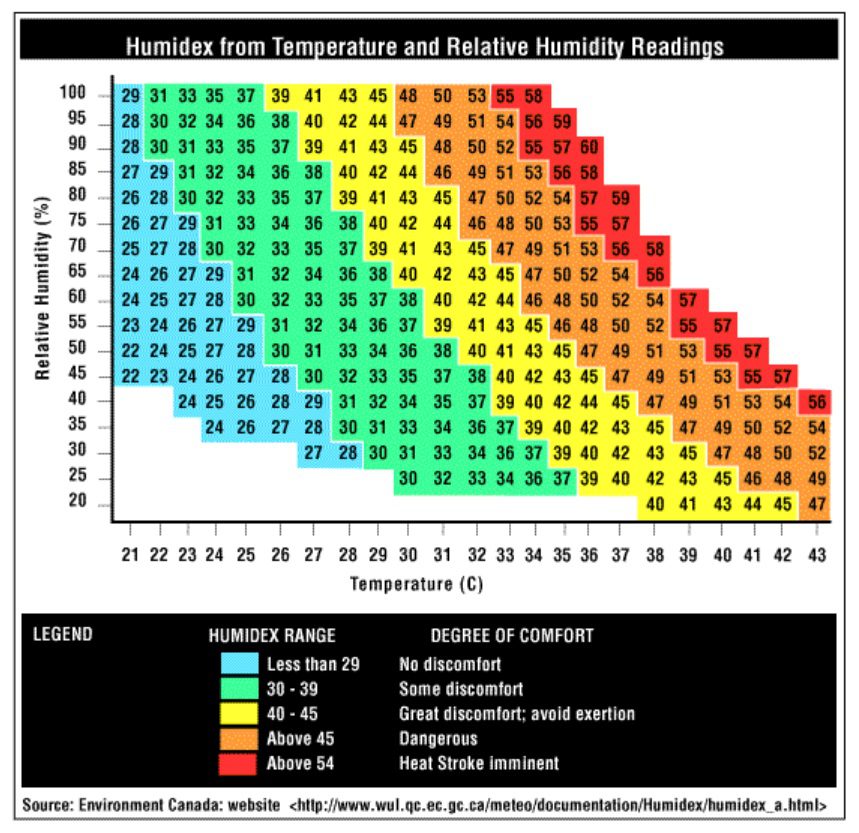When is it too hot to run outside?
Stay safe this summer and recognize when you're better off staying indoors

It’s official: summer is here, and runners across the country have traded in their tights and jackets for shorts and t-shirts. For many runners, the hot, humid temperatures are a welcome change from the dark, cold days of winter, but summer running can still be challenging, even for those who love the heat. As the temperatures continue to rise, many runners have one question: when is it too hot to run outside? The truth is, there is no official red-flag temperature, but there are a few guidelines you can follow.

RELATED: Speed workouts to do when it’s really, really hot
The reason there’s no definitive cut-off temperature to tell you to stay indoors is because the temperature doesn’t tell the whole story. Both heat and humidity impact your body’s ability to cool itself, so when you’re choosing to stay in or go out, both factors need to be taken into consideration. This is why Environment Canada provides the humidex along with the ambient temperature. The humidex is a combination of humidity and temperature that describes how hot the average person will feel in those conditions.
Whether or not it’s too hot to run outside will be different for every individual. For example, children and the elderly are generally more sensitive to the heat, and so need to practice extra caution during hot weather. For the average runner, your ability to handle the heat will change as the summer progresses and you become more acclimated to the higher temperatures. For this reason, when we get hit with above-seasonal temperatures at the beginning of the summer, runners should be more careful. Still, even as we get used to hotter temperatures, there are times when it can be dangerous to run outdoors. Environment Canada has created a humidex chart to help Canadians determine when to stay indoors:

For example, if the temperature is 31C, but the relative humidity is 85%, it will feel more like 46C to you because the humidity makes it harder for your sweat to evaporate, and therefore you can’t cool yourself off as efficiently. As you can see in the chart, Environment Canada warns against exercising at a humidex of 40 or greater and classifies anything above 45 as dangerous. Additionally, if your chosen route is in full sun, you should add an extra 10 to 15 degrees to the temperature.
The bottom line
We’re runners too, so we get it — no one likes having to cancel their run, but when the humidex is 40 or greater, it’s time to think of an alternate plan. If possible, try to run early in the morning or later at night when it’s usually not as hot, and try to plan routes in areas with plenty of shade. Another option is to stash a water bottle somewhere and run loops so you can stop and take a drink periodically throughout your run, since dehydration is a risk factor for heat illness.
Alternatively, the really hot days are a great time to jump in a pool and do some cross-training like swimming or pool running (check the COVID-19 status of your local outdoor public pool first) or, if you have access to one, get on the treadmill and do your run indoors. It’s not ideal, but when the temperatures eventually come back down, you can get back out there and enjoy your run safely.
RELATED: The training benefits of training in really hot weather


